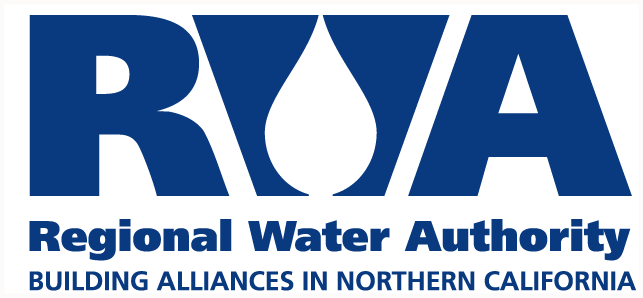Overview
The State Water Resources Control Board (State Water Board) in May 2016 adopted a new emergency regulation that allowed water utilities to set their conservation standard based upon local water supply conditions and the utility’s ability to pass a “stress test” (to meet customer demand in the next three years if drought continued). Past planning and investments in water supply and efficiency allowed 20 Sacramento-area water providers to certify that they have adequate supplies so that state-mandated conservation targets are no longer necessary.
On February 8, 2017, State Water Board members voted unanimously to extend the state’s emergency conservation regulation, which had been set to expire February 28, 2017, effectively continuing the “stress test” approach. The board voted to keep the regulation in place but agreed to consider repealing it in May if the regulation has not been rescinded or modified by May 1, following a more thorough review of the state’s water supply conditions.
Following unprecedented water conservation and plentiful winter rain and snow, on April 7, 2017, Governor Edmund G. Brown Jr. ended the drought State of Emergency in most of California, while maintaining water reporting requirements and prohibitions on wasteful practices such as watering during or right after rainfall.
Key Issues
- Water supply conditions in the Sacramento region and much of the state drastically improved since the Emergency Regulation was first adopted in May 2015 and updated in May 2016. In Northern California, precipitation was at or above average historical levels, reservoirs were spilling to ensure flood protection and snowpack was at or above historical averages.
- The Sacramento region was not in a drought.
RWA’s Position
- Conditions no longer constituted a statewide drought emergency that called for state intervention in local water management decisions.
- The State Water Board should focus on specific communities that require assistance with meeting their water needs.
- The Sacramento region is well situated to respond quickly should severe drought conditions arise in the future.
- It was time to move on from crisis management to developing a credible longer-term approach to planning for drought and improving water use efficiency over time that includes expanding water storage capacity and promoting safe and effective water transfers to allow California to take better advantage of rain and runoff that does come.
RWA’s comment letter to the State Water Resources Control Board can be found here.


